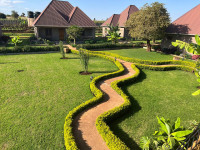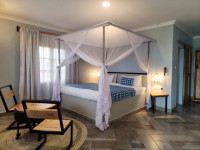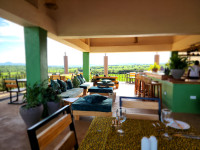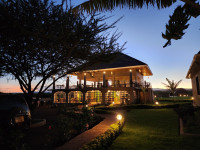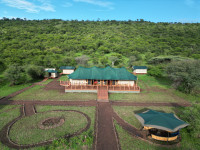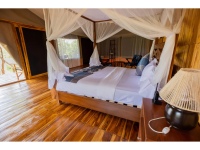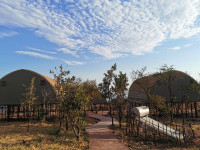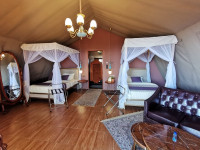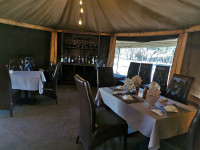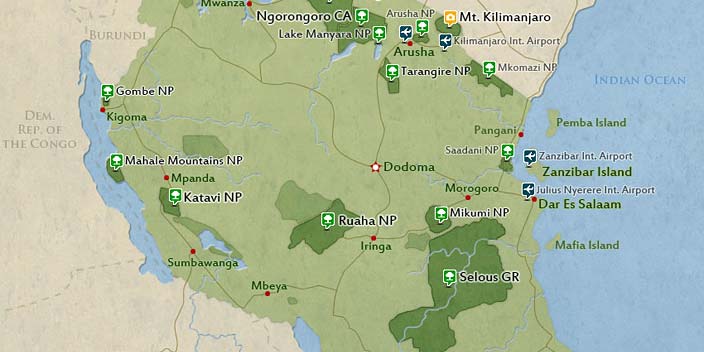
$1,850 pp (USD)
2 travelers on Start dateArrival
Arrival

Day 1
Tarangire National Park
Tarangire National Park
From Arusha, a driver guide will pick you up and take you to Tarangire National Park. Enjoy nature! Enjoy your overnight stay in mto wa mbu/karatu
Lunch and dinner are served. Everyone will also get a daily supply of drinking water.
Tarangire is especially attractive during the dry season (June to November), when wildlife density rivals that of the Serengeti. With its diversified habitats and permanent water in the Tarangire River, the park is home to around 2000 elephants and 500 bird species.
- Main Destination:
- Tarangire National Park
- Accommodation:
- Heart and Soul Lodge
- Meals & Drinks:

Day 2
Serengeti National Park
Serengeti National Park
Today, after breakfast, you will drive to Serengeti National Park with your lunchbox. Breakfast, lunch, and supper are served. Every day, drinking water will be delivered to each person. The Serengeti National Park is the world's last great wildlife sanctuary, home to an estimated three million big species, the majority of which participate in a spectacular seasonal migration. The Serengeti measures 14,763 square kilometers and is named after the Maasai word 'Siringet', which means infinite plains.
- Main Destination:
- Serengeti National Park
- Accommodation:
- Safari Haven Serengeti Camp
- Meals & Drinks:

Day 3
Serengeeti to Ngorongoro Crater
Serengeeti to Ngorongoro Crater
Have a half-day game drive in the Serengeti, followed by a drive to the rim of Ngorongoro Crater.
Breakfast, lunch, and supper are served. Every person will also receive a daily supply of drinking water. Several documented resident lion prides exist within a one-hour game drive radius of Seronera. During the dry season, the resident prides begin to shift west and north in their territories, settling in the park's central section. The dry season is ideal for lion watching in the Central Serengeti. The Central Serengeti is also one of the best places in Africa to find the elusive leopard.
- Main Destination:
- Serengeti National Park
- Accommodation:
- Ngorongoro Safari Lodge
- Meals & Drinks:

Day 4
Ngorongoro crater
Ngorongoro crater
At 6:30 a.m., eat breakfast and then descend into the crater for a game tour.
. Breakfast and lunch are served. Every person will also receive a daily supply of drinking water.
The Ngorongoro volcano erupted approximately 2 million years ago, and its walls fell. The volcano floor collapsed, forming a natural cage with 600m tall walls. Ngorongoro Crater is now more than 19 kilometers wide and contains vast regions of acacia forest, hippo swamps, and open grasslands. Over 30,000 creatures live in these many ecosystems, including elephants, warthogs, flamingos, beautiful birdlife, the uncommon black rhinoceros, and predatory cats.
Later in the day, you will drive back to Arusha but we can also tranfer you to kilimanjaro airport.
- Main Destination:
- Ngorongoro Crater
- Accommodation:
- No accommodation (End of tour)
- Meals & Drinks:















